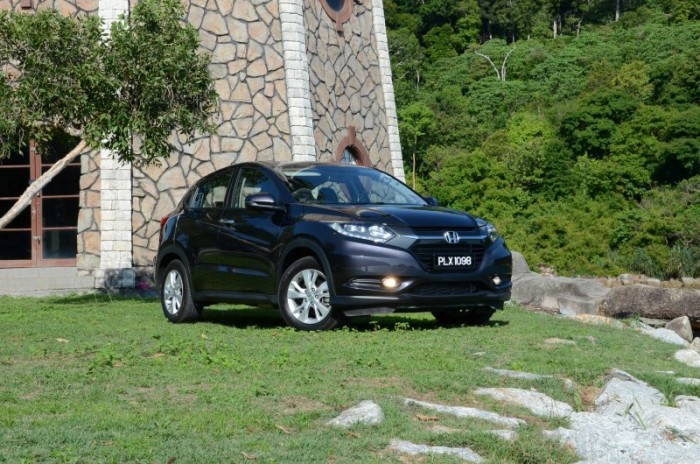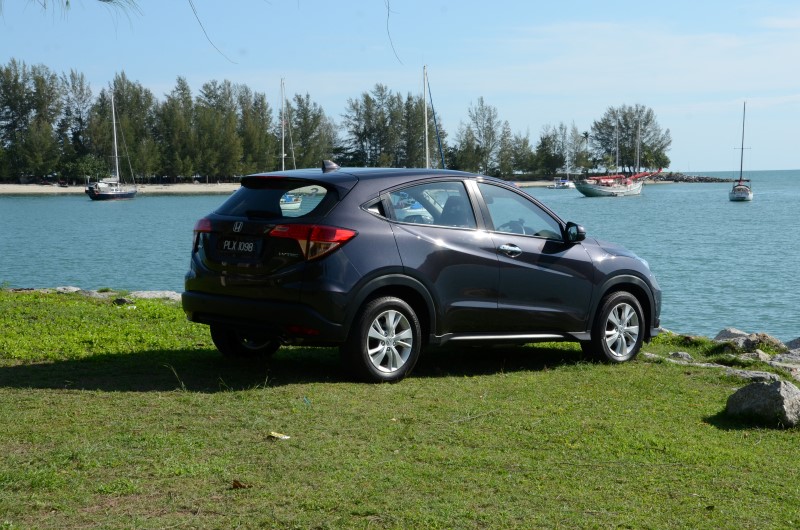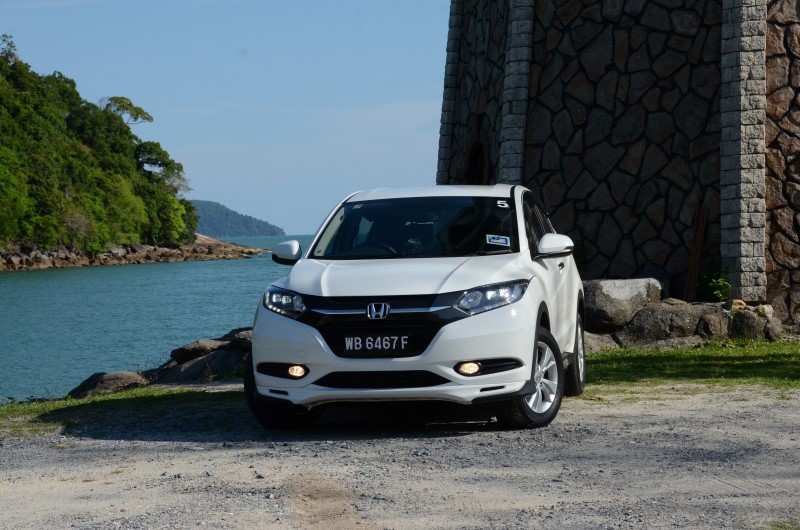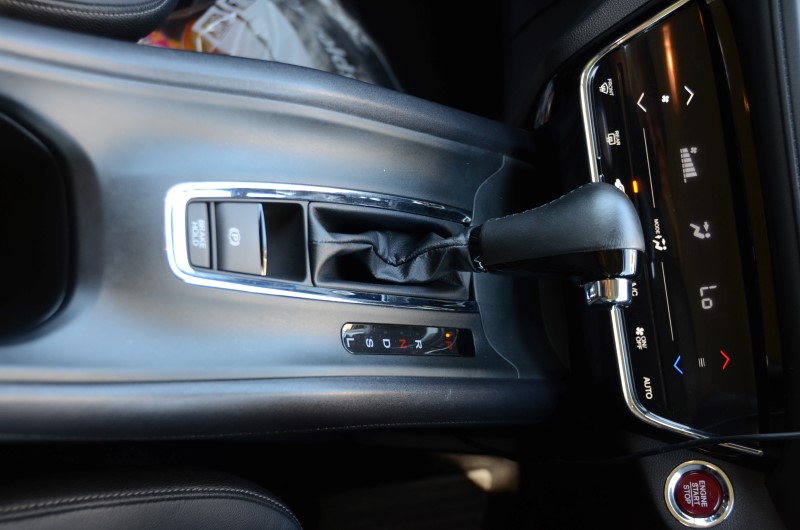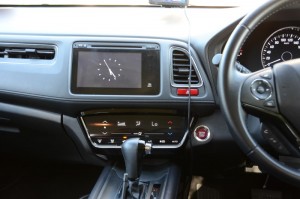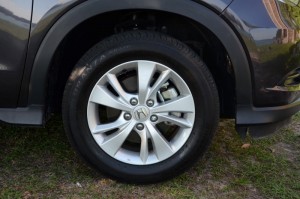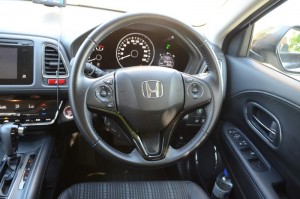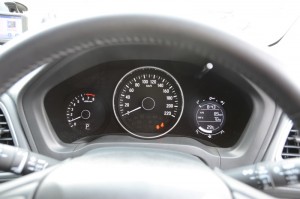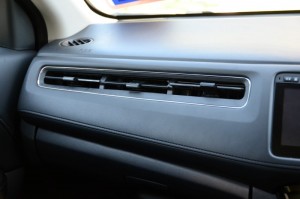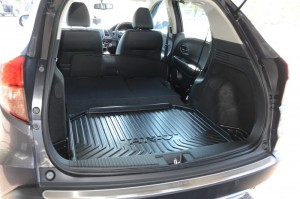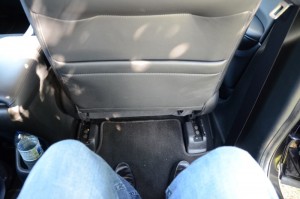Honda HR-V: Malaysia’s Most Popular Urban SUV Evaluated
The people at Honda Malaysia are all full of smiles now – barely three months after its introduction, the Honda HR-V has garnered more than 13,000 orders from eager members of the Malaysian public. At a recent media test drive event held on the beautiful island of Langkawi, I tried to understand how and why this new entry into the Malaysian market has made such an impressive impact.
The Honda HR-V belongs to a newly created vehicle category now popularly known as an ‘Urban SUV’ – a vehicle that looks like an SUV, i.e., higher than a regular car, a ‘station-wagon’ rear, a higher driver’s sitting position than that of a car, with one driven axle, be it front or rear axle, offering five to seven seats, and the versatility of various loading configurations accorded by split and folding seats. Current vehicles that would fit into this new category would be the recently re-launched Toyota Rush, the Nissan Juke, and the Ford EcoSport. None of the three mentioned here have seen sales numbers like the Honda HR-V has. Here, it is noteworthy to mention that there are also the Hyundai Tucson, the Mitsubishi ASX, and the Honda CR-V: all these models are also offered with 2WD variants, but I would say that these are variants of 4WD SUV’s, and are generally bigger in overall dimensions (but not necessarily in overall cabin space).
Looking at the Honda HR-V, I think its overall shape and design is very appealing. It is neither too large, nor is it too small; it would be the chair or bed that Goldilocks would have picked. It has the looks of a contemporary SUV, and being just a little smaller in dimensions than the Honda CR-V, it will appeal to those who think the CR-V is just a little on the bulky side.
The fact that it is only with front wheel drive would be a point the Honda sales people would hammer home to would-be buyers as a fuel economy benefit rather than as a disadvantage when compared to an SUV offering all-wheel-drive. Besides the fact that the overall weight is reduced without 4WD, and the fact that the engine has to labour less, the sales person would be quick to say something to the effect of, “How often do you need 4WD anyway?”, a point that urban users would have to agree with.
Next, when you get into the Honda HR-V, the sales person would point out to you that the HR-V is actually an SUV that has been designed to have the driving feel of a car. This design objective was confirmed by Mr. Okabe, Assistant Large Project Leader (ALPL) in charge of the Honda HR-V development project, who came all the way from Honda Japan to answer our questions during the test drive event. Indeed, the inside fittings are reminiscent of the Civic, Jazz, and the City. The interior configuration is very car-like, and once behind the wheel, anybody who is moving from owning a car to the HR-V would feel very much at home in the HR-V. All that needs to be done is for the sales person to take the would-be buyer for a short test drive and the deal would probably be sealed.
On the road, the Honda HR-V is extremely easy to drive – the HR-V for Malaysia comes with a 1.8-litre SOHC, 16-valve i-VTEC engine pushing 142PS and 172Nm of torque- this is the same engine that is found in the Honda Civic, a powerful, yet fuel-sipping engine that can move the HR-V with no problems at all. The roads in Langkawi are not the straightest in most places, especially along the coastal perimeters. There were many corners, some of which were quite sharp – the HR-V handled all of them without any fuss. The ride was just right, being neither too soft nor too harsh. The interior was quiet. Langkawi has always been very hot and humid, and it was no different during our stay there – I would have appreciated a rear blower for the air-conditioning system.
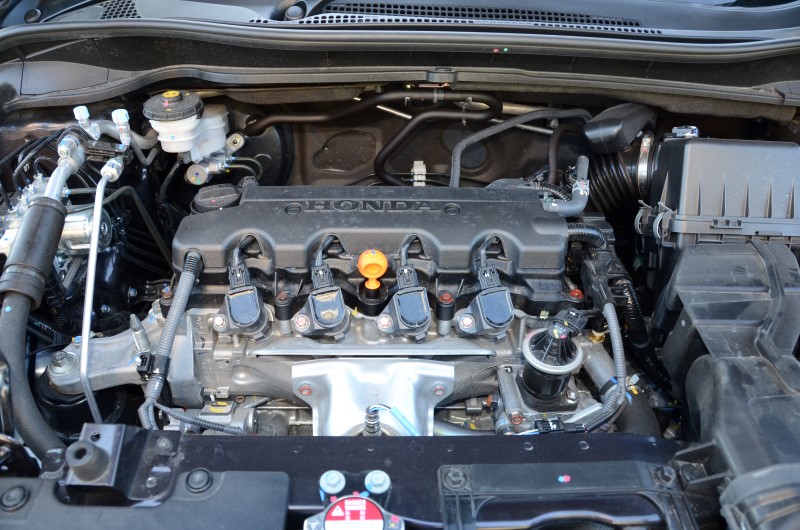
The transmission is a CVT (Constantly Variable Transmission), with revised ‘tuning’ to provide a ‘steeper’ acceleration curve – translated to layman terms, it simply means the initial ‘get-up-and-go’ characteristics are greatly improved, something that I noticed immediately when I started driving the HR-V. I am not a great fan of CVT’s, and would rather have a DSG, or even a conventional slush box (not a four speed, but a five or six-speed), but I have to admit that CVT’s actually can help one save fuel. Having said that, the fuel saving is ‘up to a point’, as most things are – if you put the pedal to metal all the time, not only are you going to be frustrated by the ‘rubber band’ effect, but your fuel economy goes out the window too. In the context of the HR-V, the CVT is probably the best bet, as the users are expected to be more ‘sedate’ drivers. Whilst on the test drive, I actually put myself into the shoes of what I thought would be a typical user of the HR-V, and drove it like a ‘normal’ person would – and I found the drive quite pleasant. Fuel economy is excellent – in real world conditions, users can expect to achieve between 8.5 to 9.0 litres per 100 kilometres, which is really commendable. If driven on highway stretches at the highway speed limits, the fuel economy would be better.
The ‘usable’ cabin space would be another plus point that would convince a potential buyer. Despite the fact that the underpinnings are based on the Honda Jazz platform, the HR-V offers substantially more space. The increased roof height, and the very clever placement of the fuel tank below the driver’s seat (in the under-body, not in the cabin) actually ‘frees’ up space that can be utilised effectively – the rear seat back can fold ‘flat’, thus according more stowage space. Leg-room for the rear passengers is more than adequate, and the less sloping front design allows the front seats to be moved forward to maximise the cabin space. The adoption of a rear torsion beam suspension (which is adequate enough) frees allows for wider cabin space at the rear. Honda put up a demonstration using several odd-shaped items stowed at the rear of various models of other makes to show the difference, and yes, the HR-V, despite its smaller external dimensions, actually could carry more bulky stuff.
Safety features on the HR-V are quite comprehensive – depending on the grade options, you can get goodies like a reverse camera, push-button start, keyless entry and keyless go, VSA (Vehicle Stability Assist), HSA (Hill Start Assist). The top-of-the-heap V-grade probably offers the best value for money package, and it is this package that is attracting most of the buyers.
Personally, I think the HR-V would be a likely candidate for me if I ever needed a city run-about. My reasons to pick it would be the price-value proposition, the spacious cabin, ease of driving, safety and convenience features, and of course the fact that it looks great.




